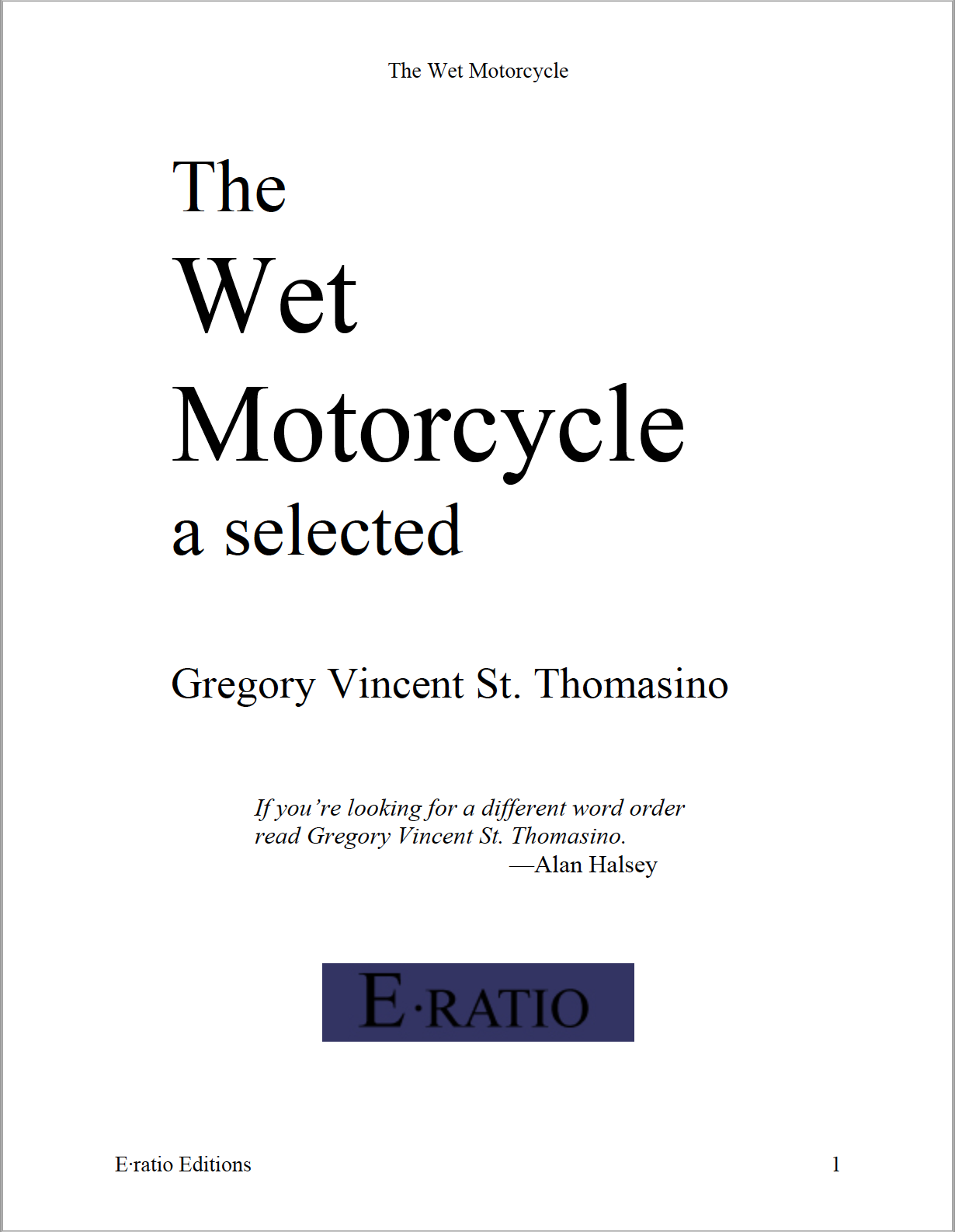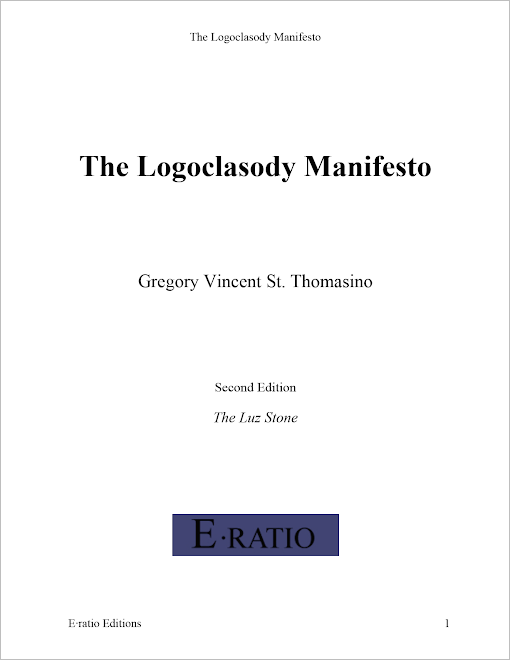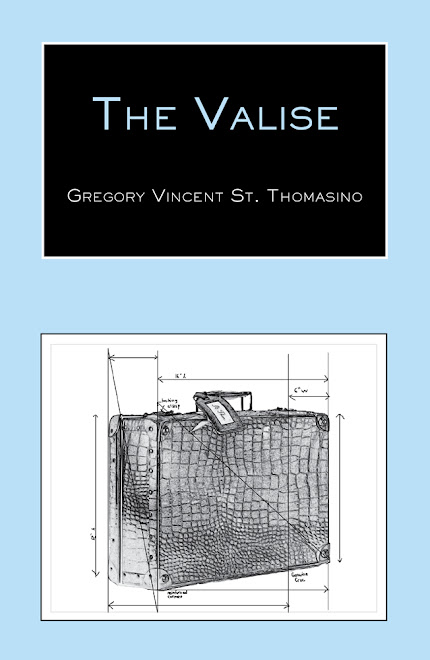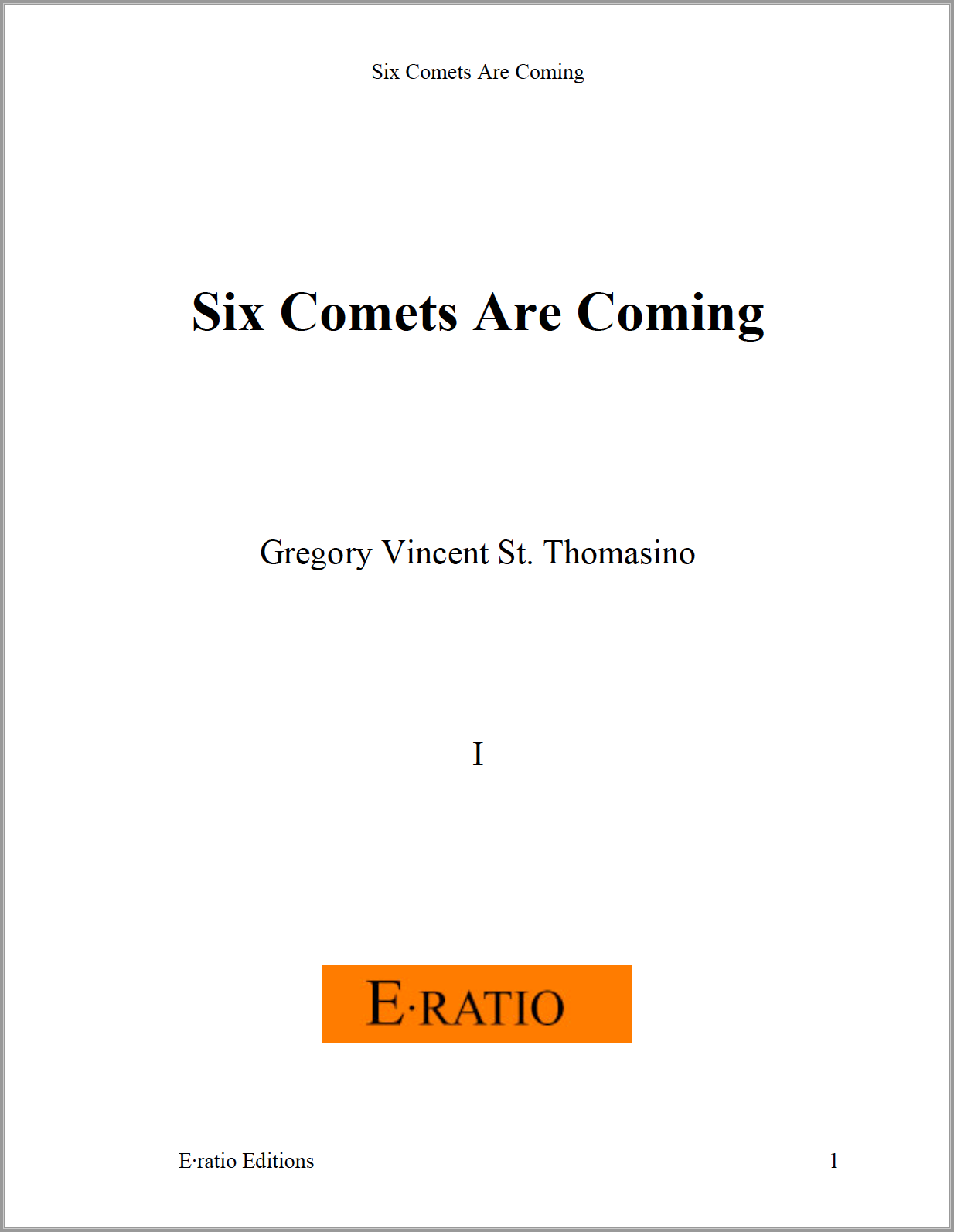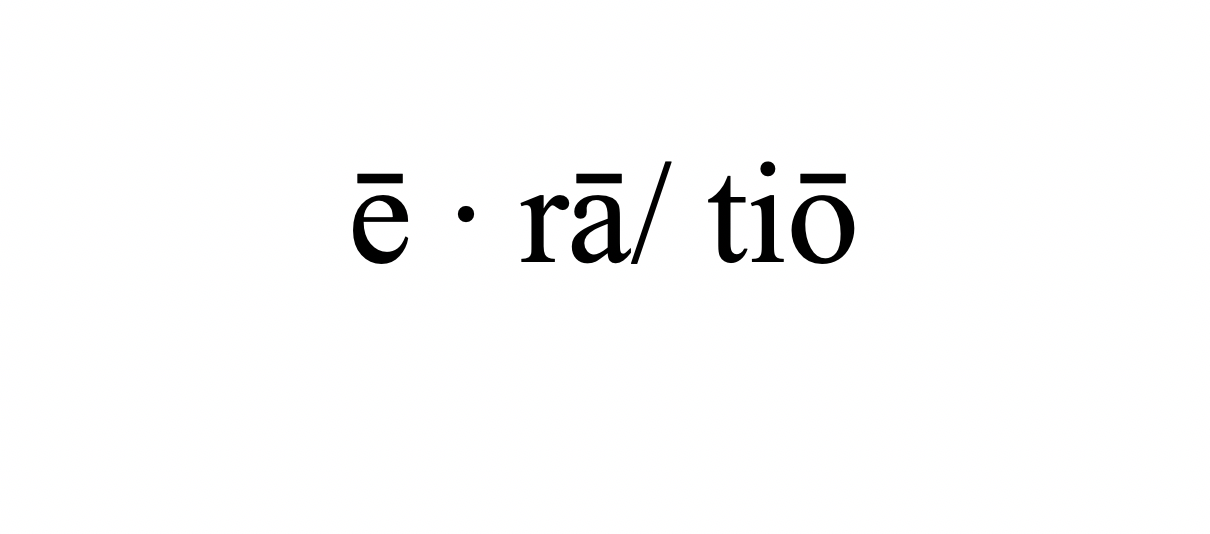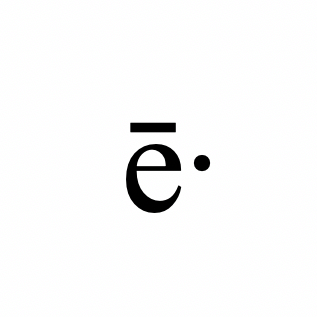I'm beginning to brush up on all things "mathematical poetry." The Kaz Maslanka installation was a smashing success. (And it's so nice to be able to say "smashing success" and really mean it.) I'm excited to see what Kaz brings to the Rhythm of Structure event. And I'm excited at the prospect that Bob Grumman might be coming up from his home in FL. I've only met Bob once before and only briefly. Here is a link to an essay I wrote on Bob's "Mathemaku" poetry, it's entitled:
Notes on Bob Grumman's Mathemaku and on Mathematical Poetry Generally.
That essay will give you an idea of what I think of and of how I construe "mathematical poetry" (as basically a "making permanent of the transitory," which is what I maintain poetry does generally). Soon I'll post some samples of my own "mathematical poetry," along with a brief essay explaining it, and that'll be a sort of preview of the perspective or angle I'll be bringing to my responses to the "Mathematical Graffiti" at the Rhythm of Structure show. And I'll be posting about John Sims, the curator, mastermind and impresario behind this whole thing! So if you're reading this and you're at all interested, stay tuned. . . .

Follow
Rhythm of Structure on Facebook and at the
Bowery Poetry Club.
Click
here, please, for an article on the Rhythm of Structure series in
Art in America and for a photo of John Sims with the former Poet Laureate Mark Strand. And here, from an article in
Nature, is John Sims on math and the arts:
e·







